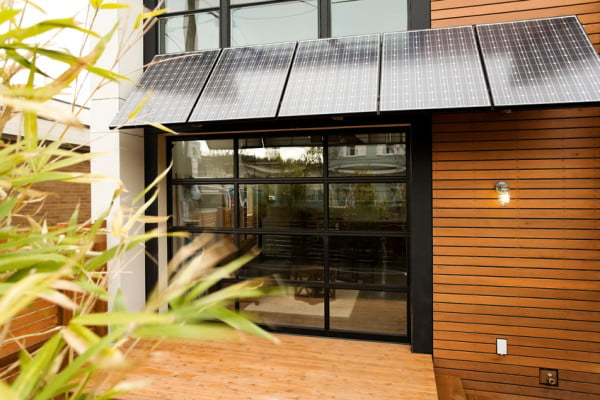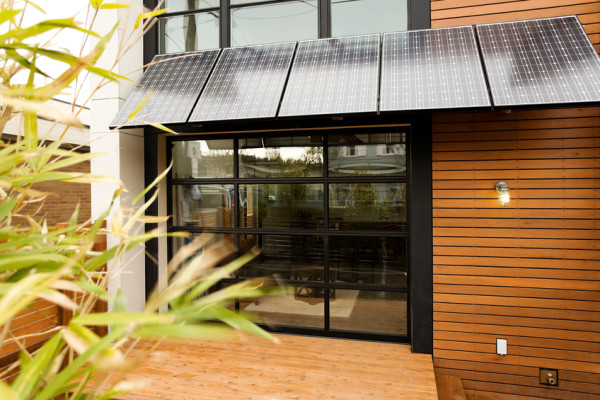When planning for an office space, as a builder or developer, you have to stay ahead of the trends. The major trend developing this year and into the future is for more green living and energy efficiency. In large part due to the aging millennial generation that is more conservation minded and more socially conscious than previous generations.
Many of these green living trends are practices that first began in homes and residential developments. Now they are moving from the residential space to office spaces leading to cost savings on energy and less waste.
Here are five of the top trends in best-practices for the office:
1. Install Cool Roofs
The EPA has many programs that are designed to help building owners, developers, and builders reduce their energy consumption and increase their energy efficiency. Whether you are doing new construction or performing renovations, you can reduce energy costs by installing cool roofs.
By reflecting heat from the sun away from your office building less energy is needed to cool the building and keep it cool. There are several strategies for reducing heat absorption from your building’s roof like vegetable roofs and pavement that absorbs and stays cooler in the sun.

2. Build with Recovered Materials
Not only will you save money on building materials but when you build with recovered or recycled materials, you can help reduce an enormous amount of waste created during building construction. The more reusable materials you incorporate into your building design, the more credits you get from having a higher green building rating.
3. Use Environmentally Friendly Landscaping
Office landscaping design can have a major impact on your energy and water costs. Particularly in desert areas and the southwest where water conservation is not only necessary but mandated, you can use eco-friendly landscaping to both reduce costs and conserve water.
Strategies include using drought resistant plants that consume very little water. Replace grass landscaping with stone materials and pavers to eliminate the need for water draining sprinkler systems.
4. Design to Harness Natural Light
Designing your buildings in a way that captures natural light both reduces energy consumption and creates a healthier environment for building occupants. Natural light can help provide a heat source in the winter and can be used to power your building using solar panels.
Window design will play a large part in how well you can harness natural light. Remember to plan for seasonal changes when selecting the proper windows to install. The wrong type of windows can let in too much light and absorb heat resulting in an increase in energy costs.
5. Plan for Future Growth
Finally your building design and development must plan for future growth. Trends will continue to change and migratory patterns of aging millennials and changes in work styles will play a large part in your building’s success.
Site planning that takes into account the direct and indirect impacts of these trends on building construction for the future will go a long way toward ensuring future sustainability.






